Aloo gobi is a classic vegan curry that's both easy to make and packed with flavor. This classic Punjabi dish combines potatoes and cauliflower to create a hearty and satisfying meal for a weekday dinner.
With its aromatic spices and simple ingredients, this potato cauliflower curry is a comforting option that's sure to become a favorite in your meal rotation. Want more? Here is my collection of Indian cauliflower recipes.
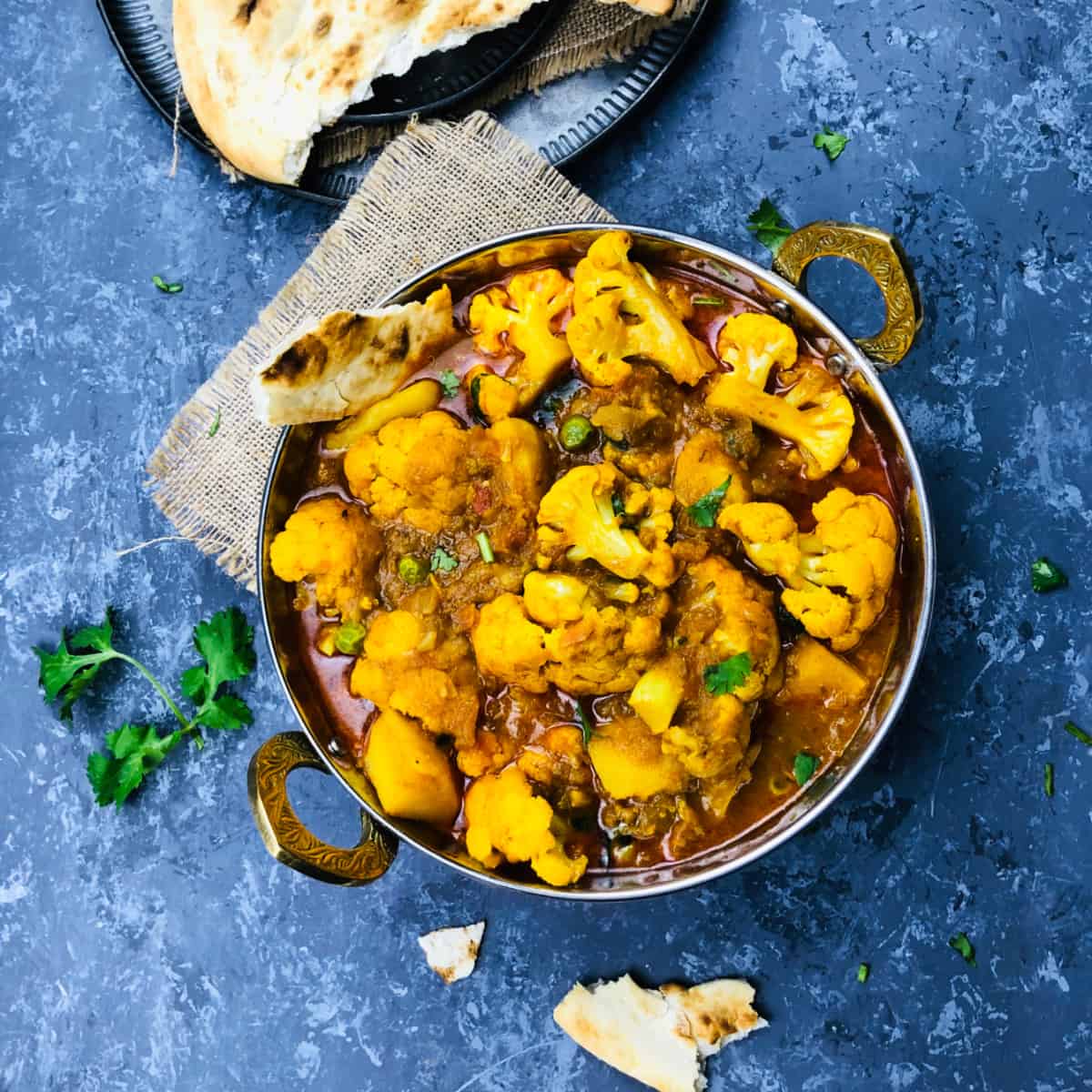
Aloo gobi, a vegetarian Indian dish, is a timeless classic and a staple on most Indian restaurant menus as a main course. Made with simple ingredients and basic spice powders, this comforting dish is ideal for weekday meals and lunch boxes.
There are several ways of making Punjabi aloo gobi. In my simple recipe here, I am making it in an onion-tomato base. I also like to pan-fry the potatoes and cauliflower before adding them to the masala. This will not only enhance the taste of the final dish but it will also make sure the vegetables do not turn mushy and retain their texture (especially the cauliflower).
Why you will love this recipe?
- I have included step-wise instructions to ensure the potatoes and cauliflower are cooked to perfection - soft but not mushy, with just the right amount of bite.
- The sauce has a perfect consistency, and it coats the vegetables and brings all the flavors together.
- This recipe uses simple ingredients that can be found in most grocery stores, making it easy for anyone to prepare at home.
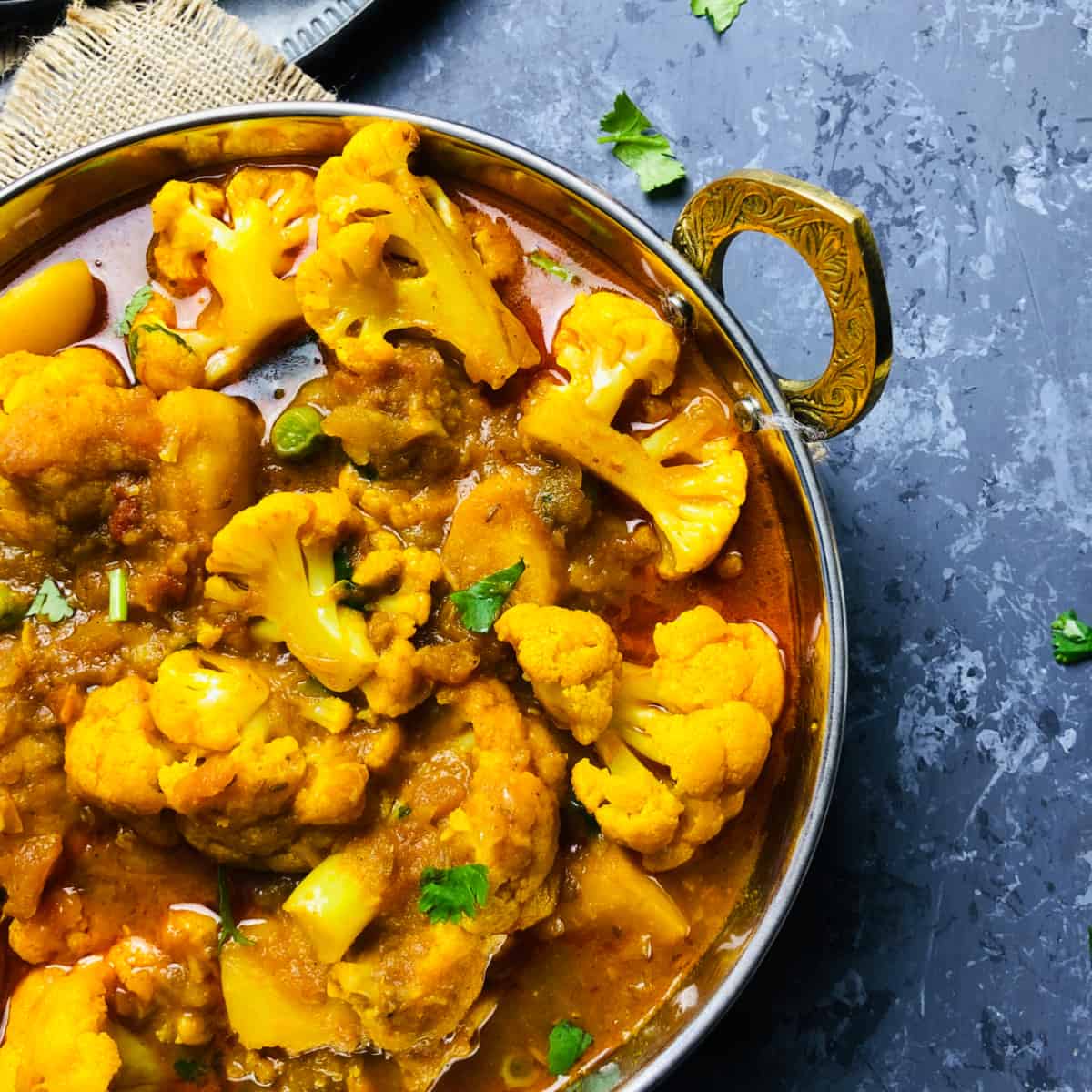
Ingredients
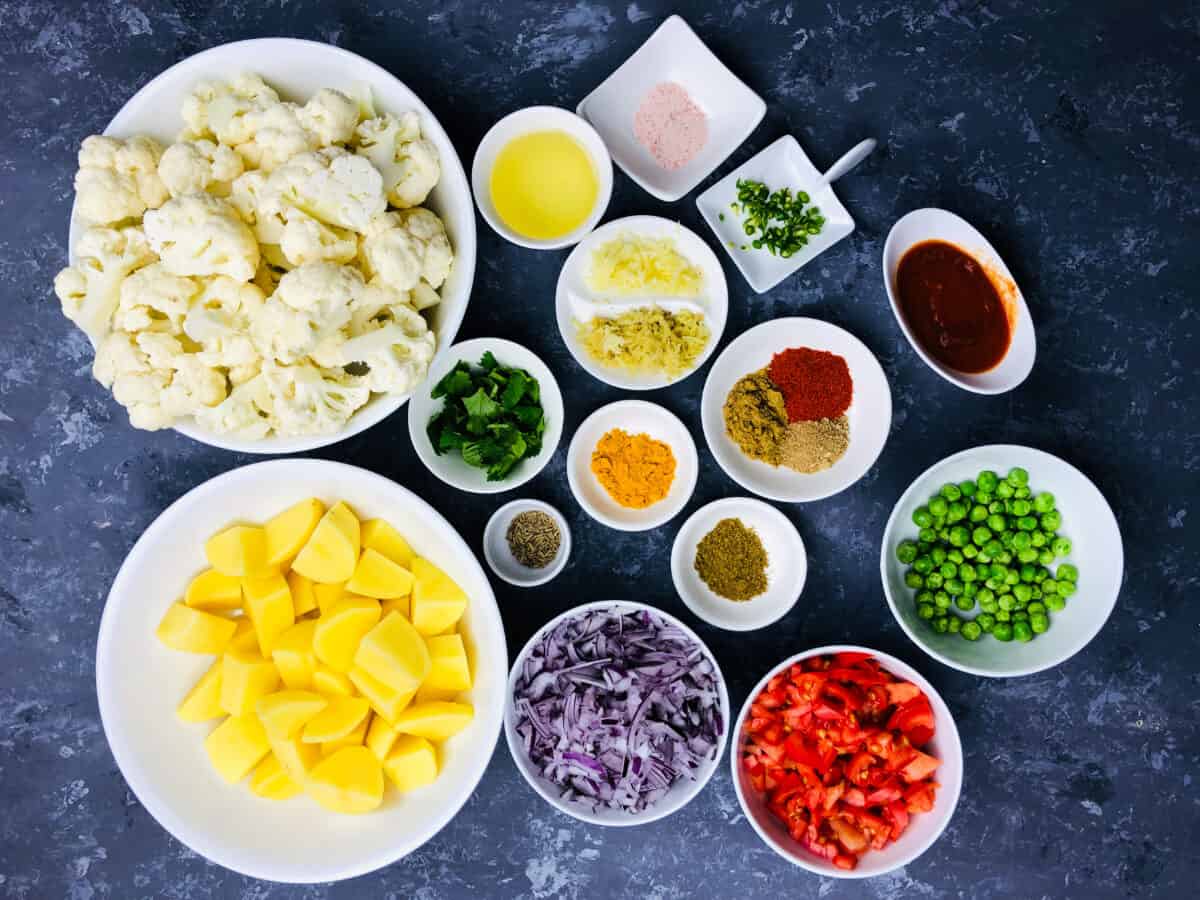
Cauliflower and potatoes: These are the main ingredients of this dish. Choose cauliflower that has a firm and tight head. Keep the size of the florets even so that they can cook evenly. Cut the potatoes into medium-sized cubes.
Onion and tomato: They form the base of the curry. Either red or yellow onion can be used. I use tomatoes in two forms - fresh tomatoes and pureed tomatoes. Using pureed tomatoes is optional, but it adds a nice color to the curry.
Spices: The whole spice I use is cumin seeds. The powdered spices I use are chili powder, ground turmeric, amchur (dry mango powder), ground coriander, and garam masala.
See the recipe card for full information on ingredients and quantities.
Optional ingredients and substitutes
- Whole spices (cinnamon, cloves, and bay leaf), mustard seeds, and nigella seeds can be added along with whole cumin seeds.
- Use Kashmiri red chilli powder along with other Indian spices for a deep red color. Skip green chilies to make a mild curry.
- Use ginger-garlic paste instead of fresh ginger and garlic cloves if they are not available.
- Add kasuri methi (dried fenugreek leaves) along with cilantro.
- Drizzle lemon juice or lime juice into the finished curry for a nice tang.
- You can also add some fresh curry leaves along with onions to add more flavor.
Step-by-step instructions
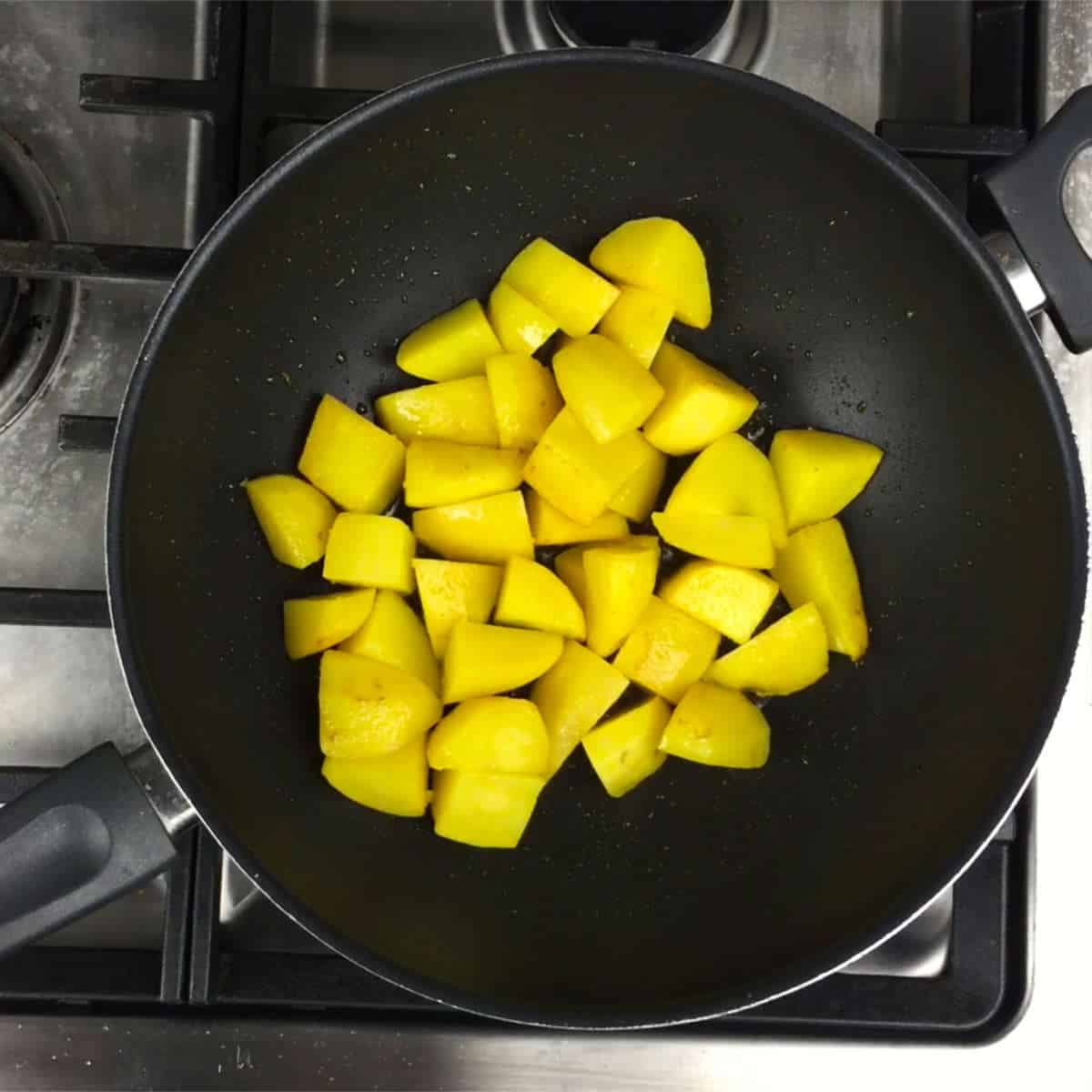
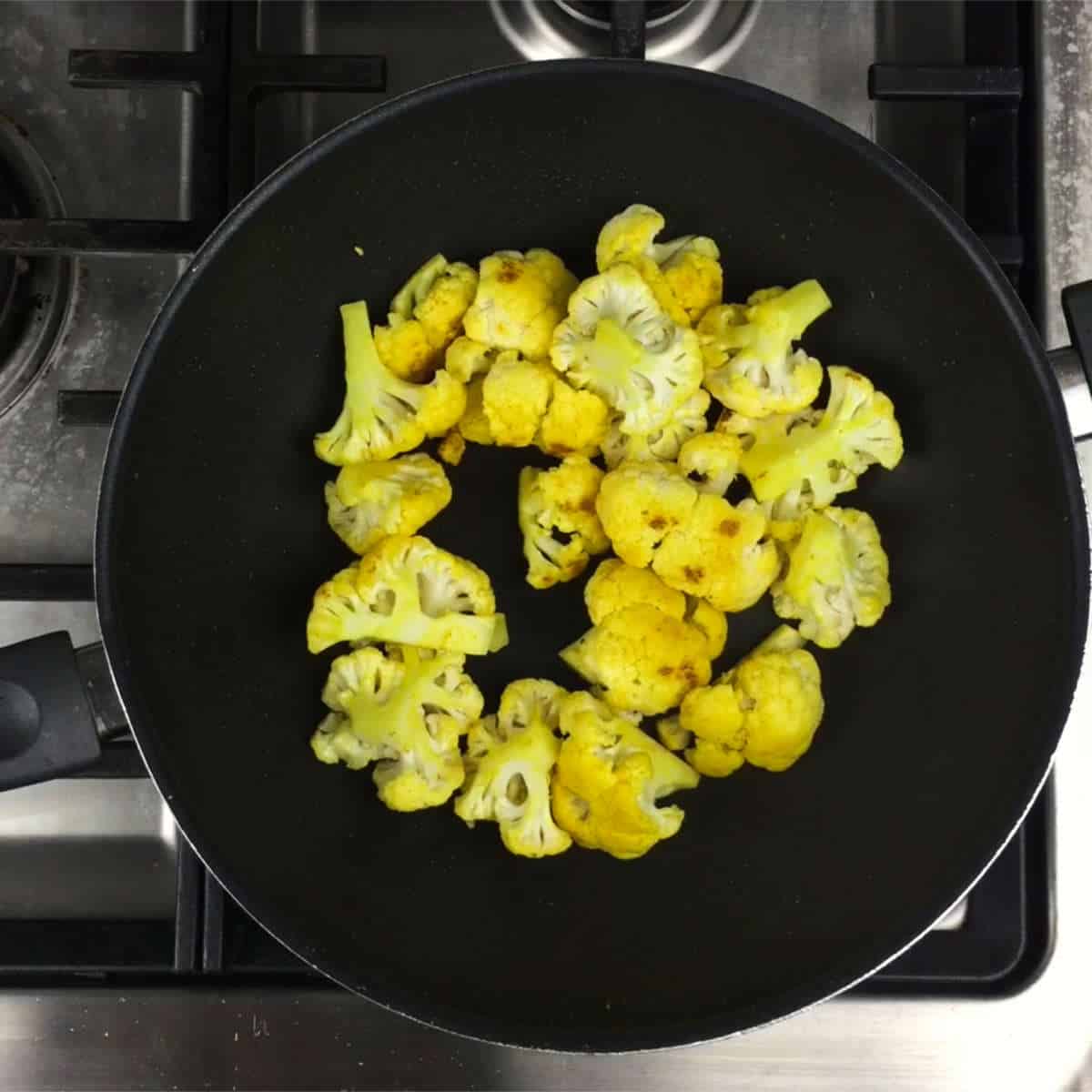
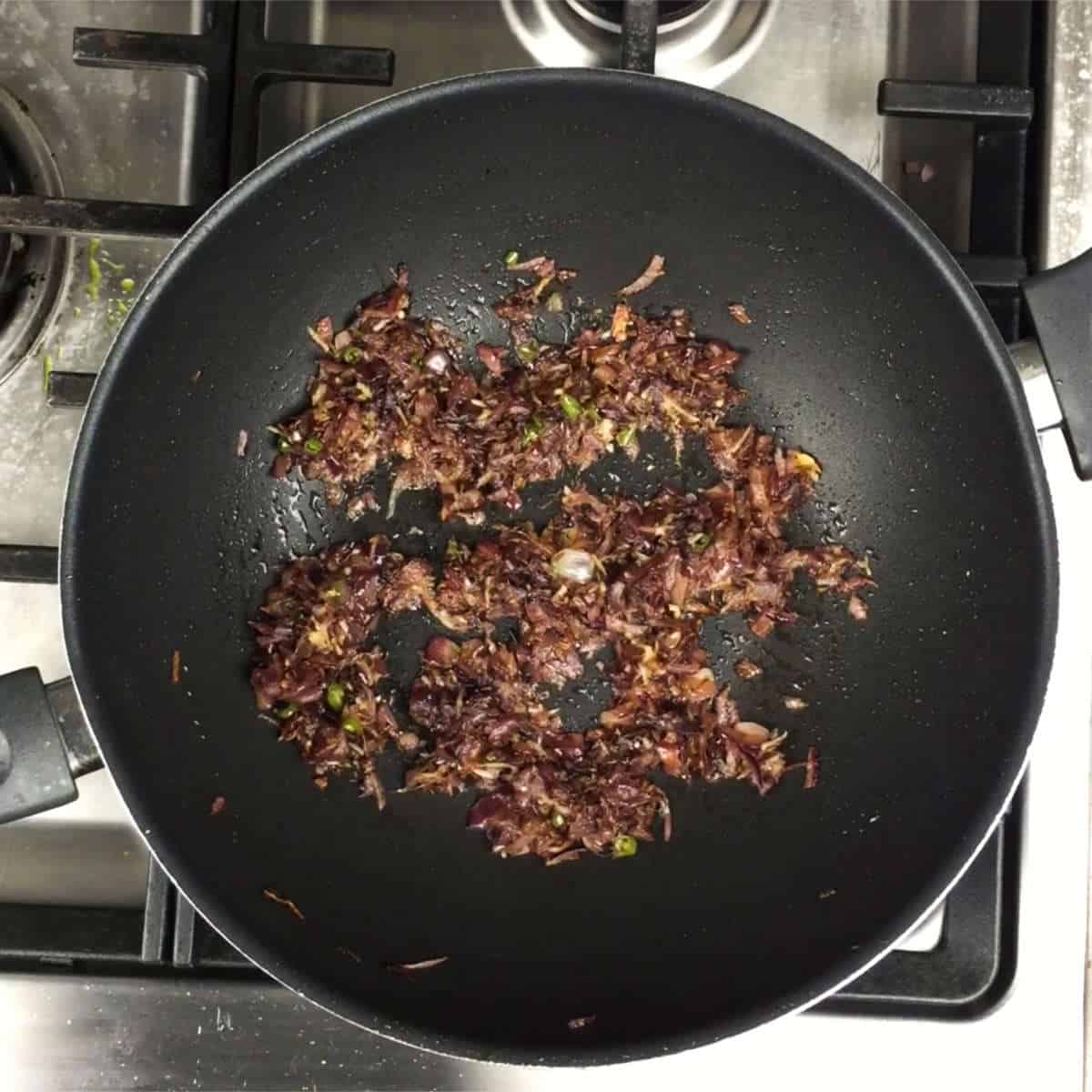
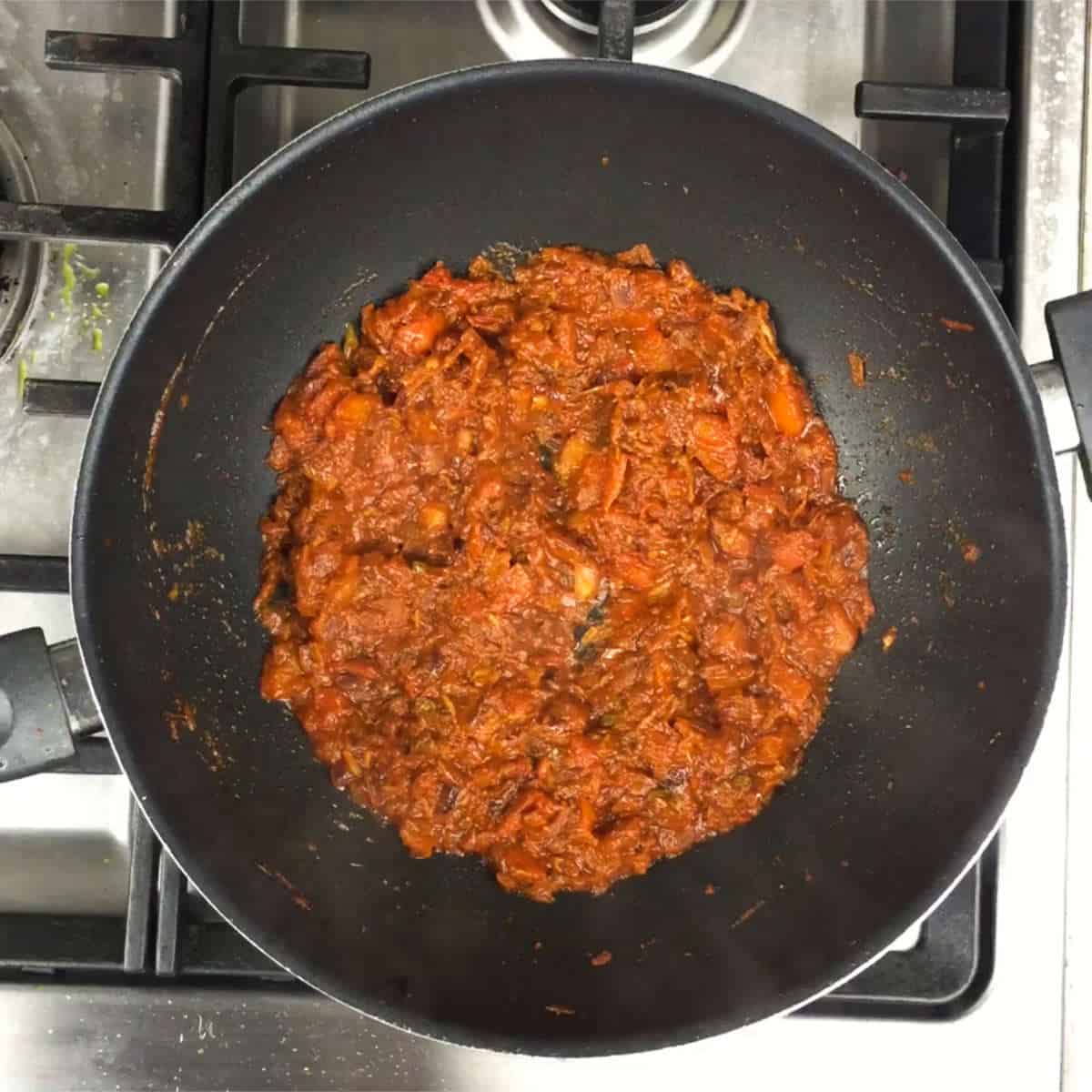
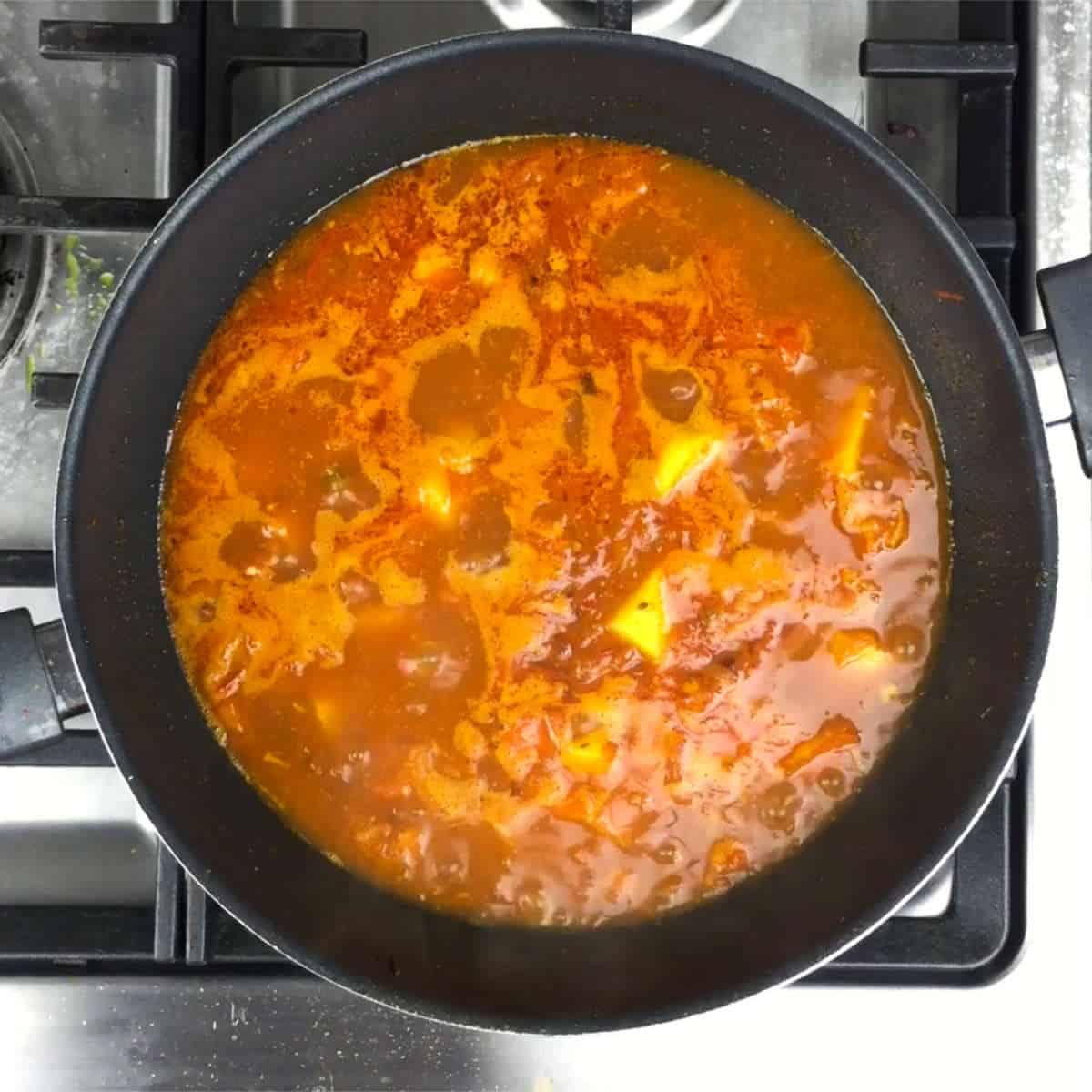
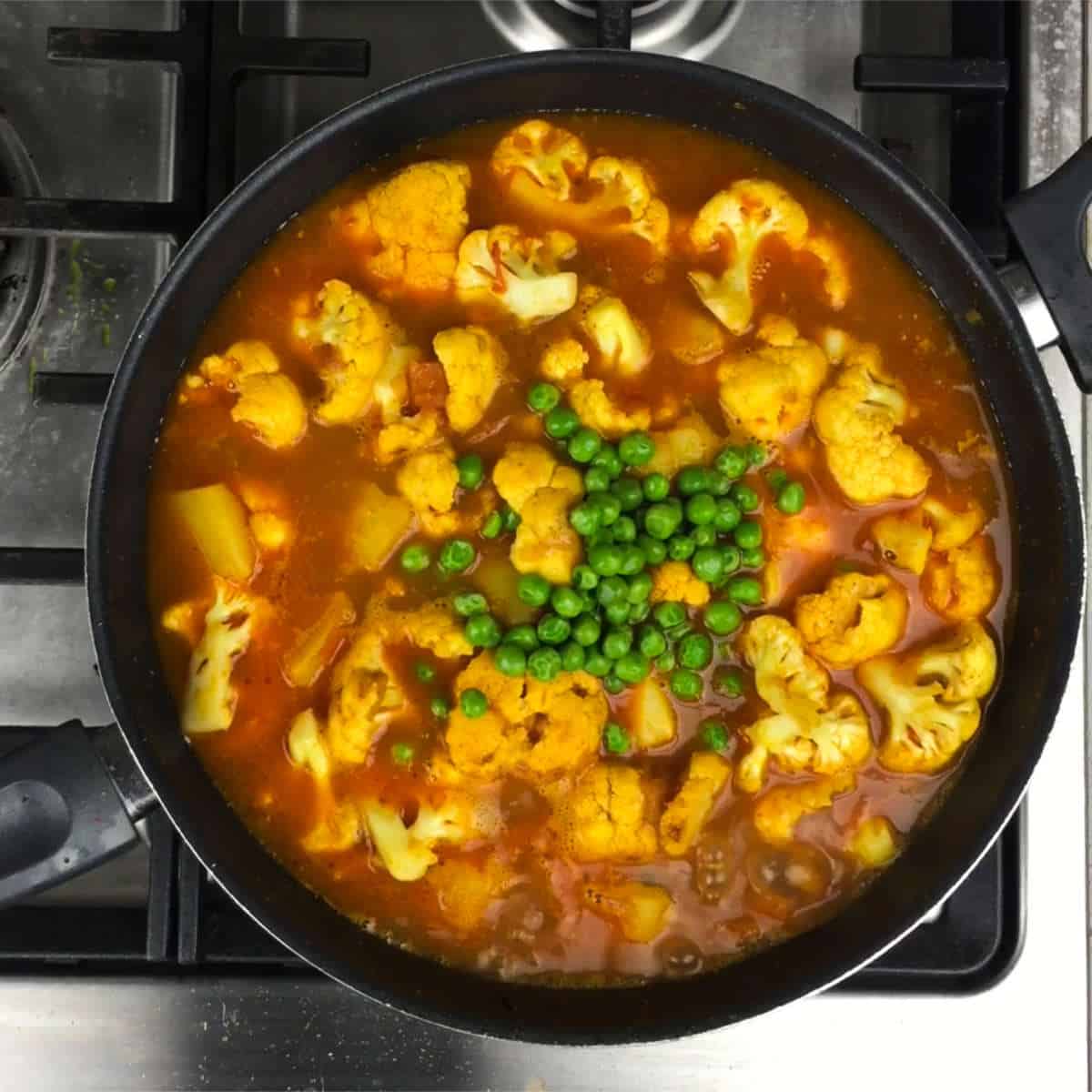
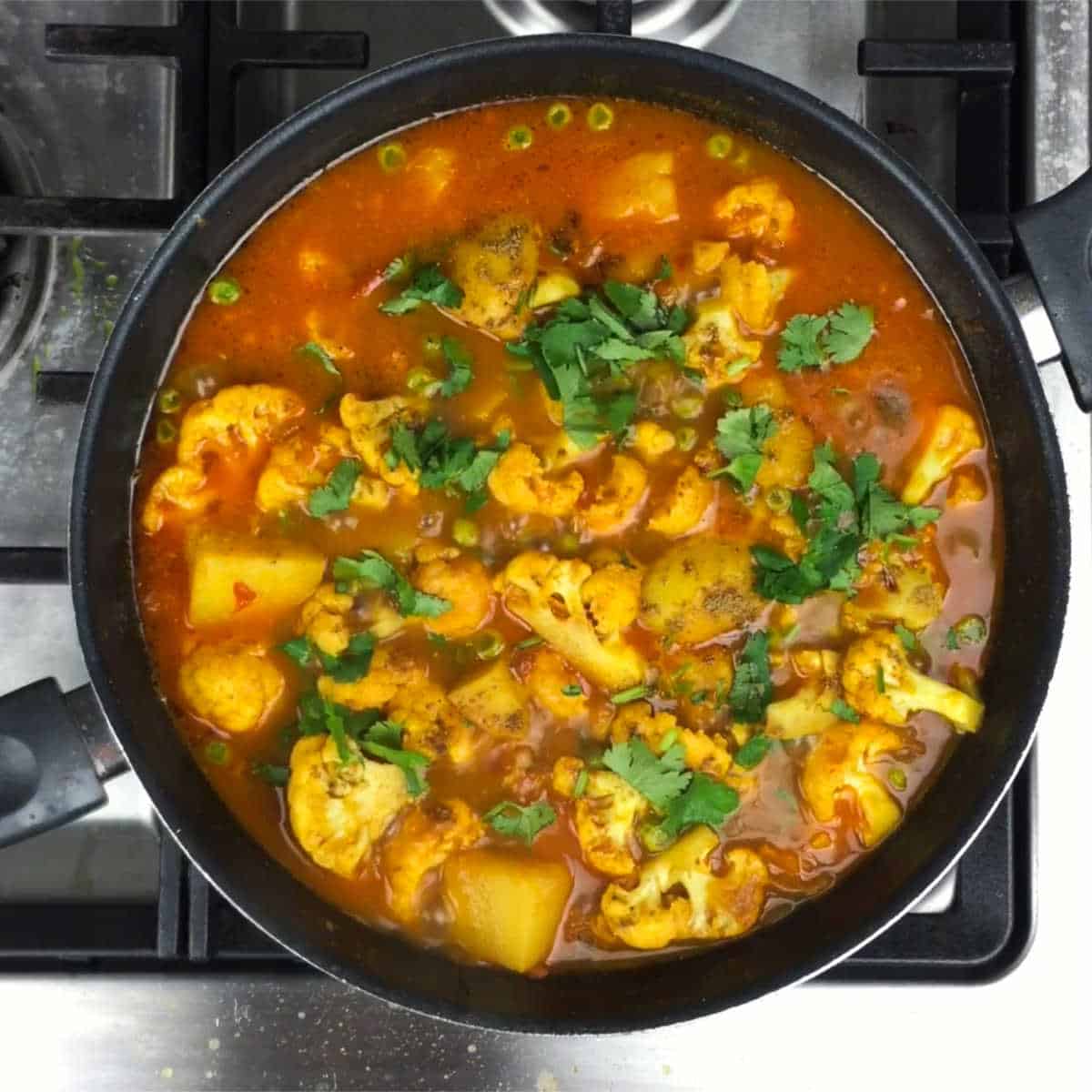
Expert Tips
Lightly fry the potatoes and cauliflower. This step is optional, but I do not recommend skipping it. Frying them will help cook them perfectly without making them mushy and also enhance the taste of the dish.
Make sure the tomatoes and spices are cooked well before adding water and potatoes. The tomatoes should become soft and pulpy, and the oil should separate.
You may choose to make this dish either dry or with gravy. Adjust the amount of water depending on your preference.
Making no onion, no garlic aloo gobi is a simple process where you skip the onion and garlic used in the traditional recipe and fry the spices in a tomato base. You can make it similar to this no-onion-garlic chana curry.
Serving suggestions
Steamed or flavored rice: Aloo Gobi goes well with steamed basmati rice. Fragrant and flavorful saffron rice and jeera rice pair well with this cauliflower curry. Aloo gobi curry can also be paired with vegetable pulao.
Naan: Naan is a popular Indian flatbread that is perfect to serve with this potato cauliflower curry.
Recipe FAQs
This step is optional, but I do not recommend skipping it. Frying them will help cook them perfectly without making them mushy and also enhance the taste of the dish. Also, adding a little turmeric while frying helps give them a nice golden color.
Any leftovers can be stored in an airtight container in the refrigerator for up to 3-4 days. It also freezes well and can be stored in the freezer for up to 3 months.
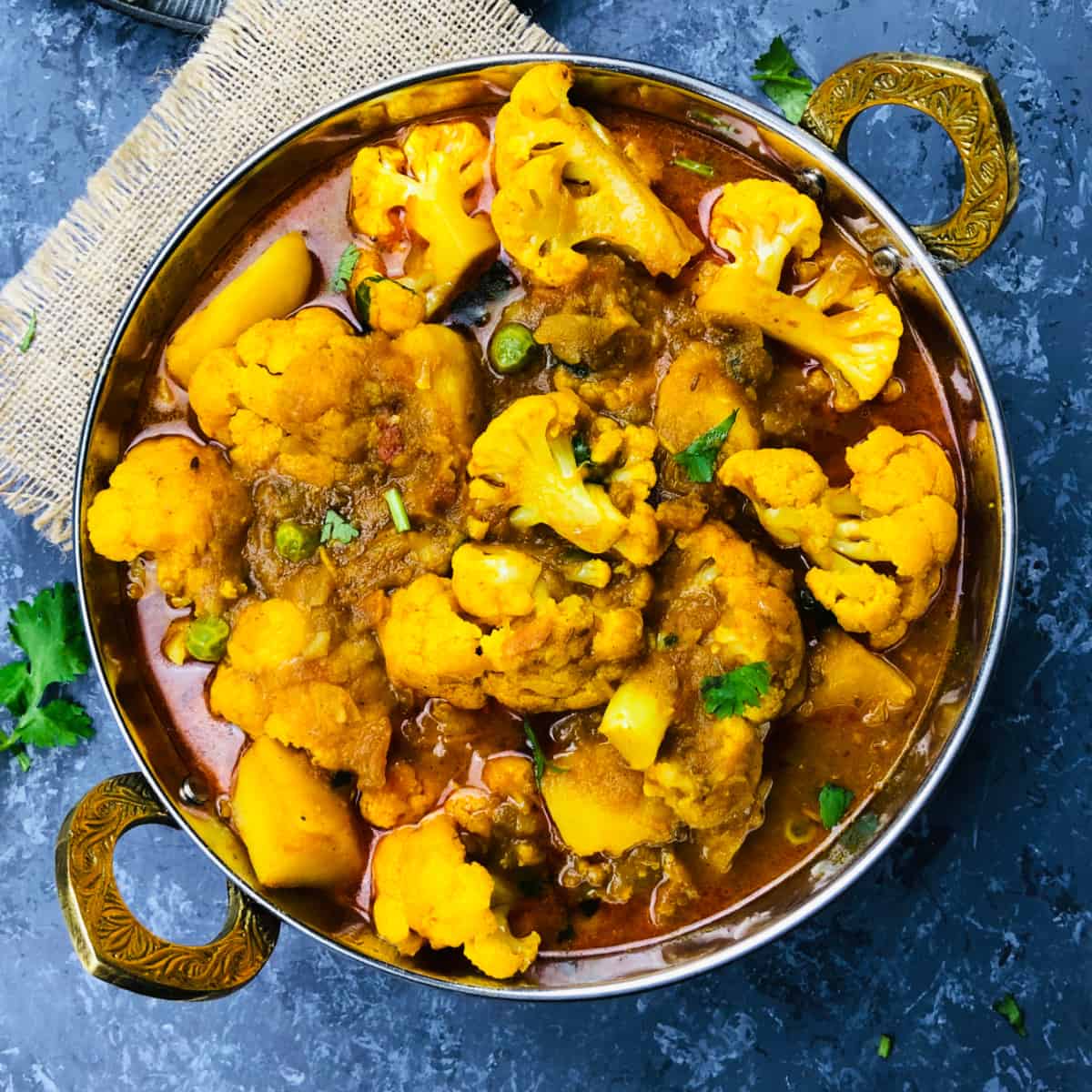
More recipes you may like
If you tried this Aloo Gobi / Potato Cauliflower Curry Recipe or any other recipe on my website, please leave a ? star rating and let me know how it went in the ? comments below.
Recipe card

Aloo Gobi (Potato Cauliflower Curry)
Ingredients
- 1 medium cauliflower
- 4 medium potatoes
- ¼ cup peas
- 3 tablespoon oil
- 1 large onion chopped
- 2 medium tomatoes chopped
- 1 teaspoon cumin seeds
- 1 inch ginger grated or ½ teaspoon ginger paste
- 2 cloves garlic grated or ¼ teaspoon garlic paste
- 2 green chili (or serrano pepper) finely chopped (or as per taste)
- 2 tablespoon tomato puree
- 2 tablespoon cilantro
Spices
- 1 teaspoon ground turmeric
- 1 teaspoon chili powder or cayenne
- 1 teaspoon ground coriander
- 1 teaspoon amchur (dry mango powder) - optional
- 1 teaspoon garam masala (use store-bought or homemade garam masala)
- Salt to taste
Instructions
Prep:
- Cut the cauliflower into medium florets and rinse thoroughly.
- Wash and peel the potatoes. Cut them into medium-sized cubes.
- Chop the onion and tomatoes, and grate the ginger and garlic.
Pan fry potatoes and cauliflower (optional step):
- Heat a frying pan or kadhai and add 1 tablespoon of oil. Add ¼ teaspoon turmeric powder.
- Add the potato cubes and lightly fry until they are light brown. Set them aside.
- Now in the same pan, add 1 tablespoon oil and ¼ teaspoon turmeric powder.
- Add cauliflower florets and fry until they are light brown. Set them aside.
Making the curry:
- In the same pan, heat 1 tablespoon of oil. Add cumin seeds and let them splutter.
- Add onion and fry until they begin to turn brown.
- Add ginger, garlic, and green chili. Fry for 1-2 minutes.
- Now add tomatoes and tomato puree. Mix well.
- Add chili powder, ground coriander, amchur, ½ teaspoon turmeric powder, and salt. Mix well and cover.
- Let it cook until the tomatoes are soft and mushy, and the oil begins to separate.
- Add 2 cups of water.
- Add the fried potato and mix well. Cover and simmer until the potatoes are half cooked.
- Add the fried cauliflower. Mix well and adjust consistency.
- Add peas. Bring to a boil.
- Simmer until the potato, cauliflower, and peas are done. Cauliflowers should have some bite and should not be mushy.
- Add garam masala and coriander leaves.
- Mix well. Serve hot.
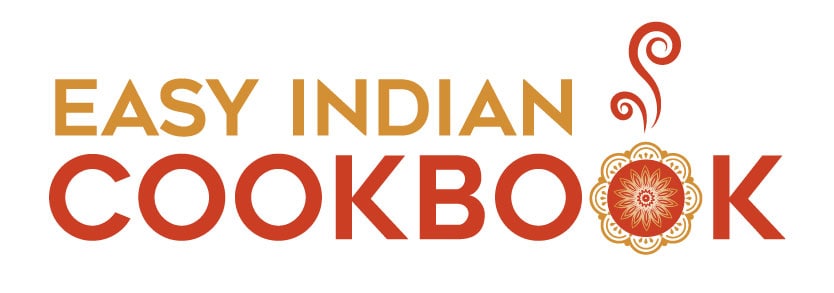
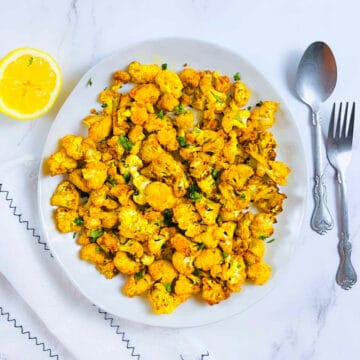

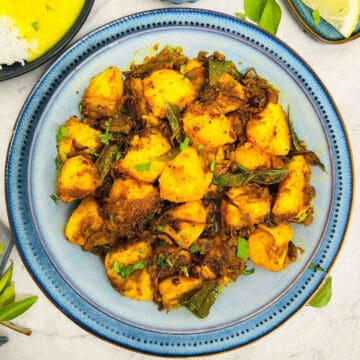
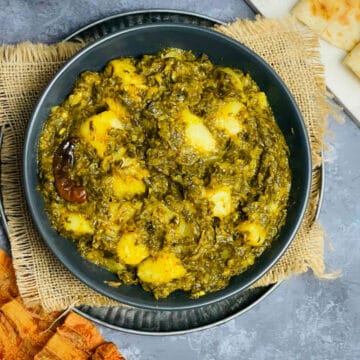

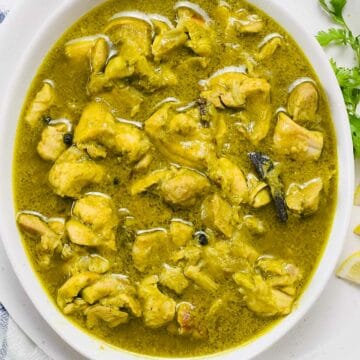
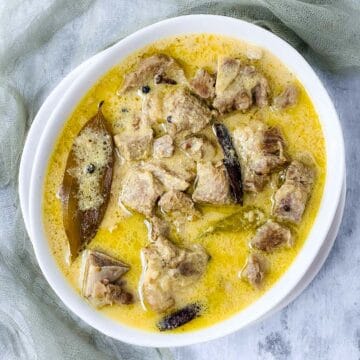
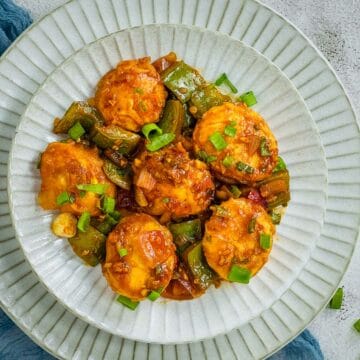
Cindy says
In the list of ingredients I don’t see the quantity of peas to add.
Shilpa says
Hi Cindy,
Thanks for pointing it out. I have used ¼ cup of peas in this recipe. I updated the ingredients list.
- Shilpa